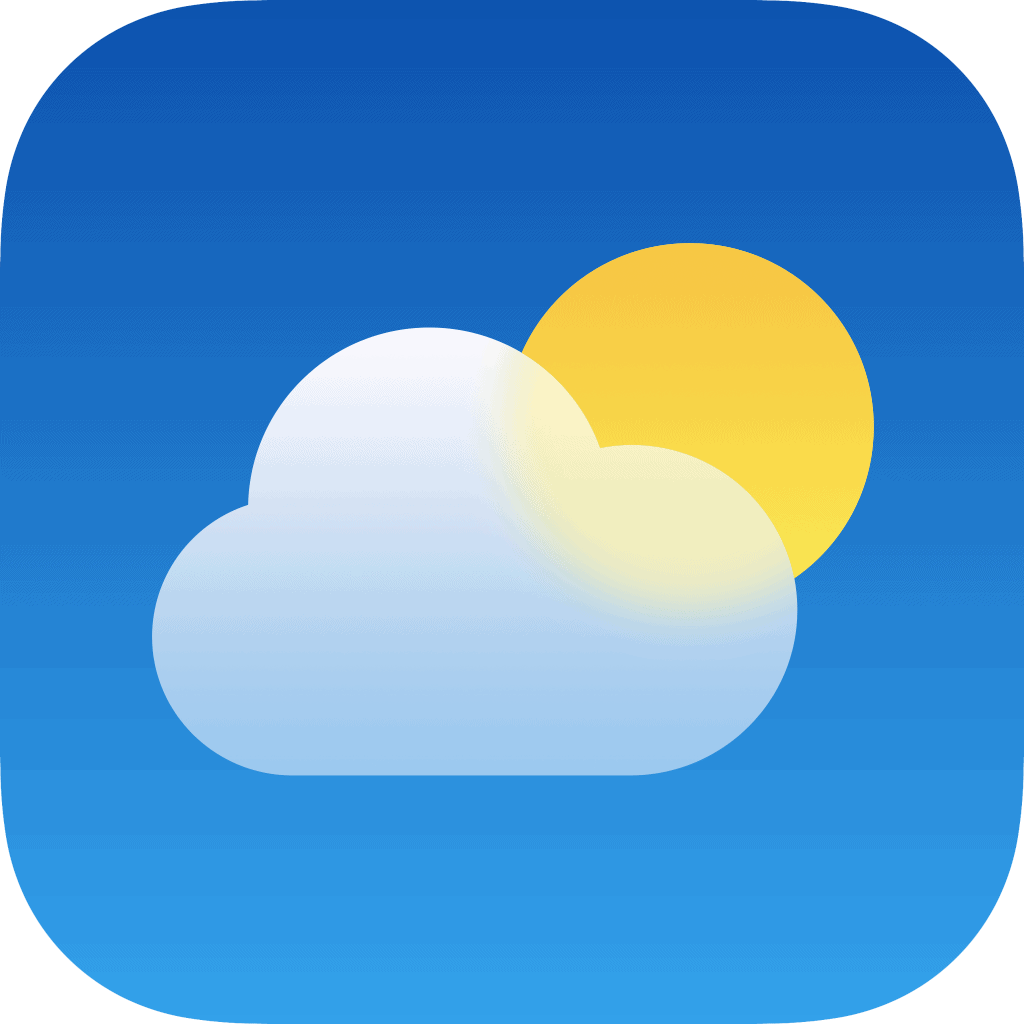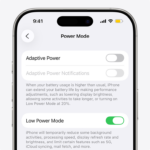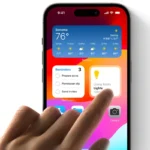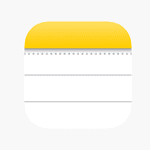Understanding the iPhone’s Weather app can enhance the way users plan their day. The app, developed by Apple, utilizes the design and functionality of iOS to provide weather forecasts and current conditions. Through updates, including those from iOS 15, the app has received significant enhancements, integrating features such as advanced animations and detailed visuals. Users can easily adapt to these changes and make the most of the app’s capabilities with a straightforward guide.
The Apple Weather app combines simplicity with detailed meteorological data. It allows users to view current conditions, hourly forecasts, and a 10-day outlook. The app includes a range of measurements such as temperature, precipitation, wind, and pressure. Users can also customize their settings, switching between Celsius and Fahrenheit or enabling reduced motion for a simpler interface.
🌦️ 1. Opening the Weather App
- Open the Weather app on your iPhone (it’s pre-installed on all iOS devices).
- By default, it shows the current location’s weather using Location Services.
- You can also view other cities by tapping the list icon (☰) in the bottom-right corner and selecting or adding a location.
Tip: To add a new city, tap the search icon (🔍), type the city’s name or ZIP code, and tap Add.
🌡️ 2. Reading the Main Forecast Screen
When you open a location, you’ll see several key sections:
Current Conditions
- Temperature: The large number at the top shows the current temperature.
- Condition Description: Below it, you’ll see a short description (e.g., Sunny, Cloudy, Rain Showers).
- High/Low: The numbers beside or below the main temperature show today’s expected high and low.
Background Animation
The background reflects real-time conditions (e.g., rain, sunshine, clouds).
📅 3. Hourly and 10-Day Forecasts
Hourly Forecast
- Scroll horizontally under the main temperature to see the hourly forecast for the next 12–24 hours.
- Each hour shows:
- Temperature
- Weather icon (sun, cloud, rain, etc.)
- Chance of precipitation (%)
10-Day Forecast
- Scroll down to see a 10-day forecast.
- Each day includes:
- High and low temperatures
- Weather icon
- A colored temperature bar showing the range for that day (source: iPhone Life).
🌍 4. Detailed Weather Data
Scroll further down for expanded data, including:
- Air Quality Index (AQI): Measures pollution levels.
- UV Index: Indicates the strength of ultraviolet radiation.
- Sunrise & Sunset: Shows exact times for your location.
- Wind Speed & Direction: Displayed in mph or km/h.
- Humidity: Expressed as a percentage.
- Feels Like: Adjusted temperature based on humidity and wind.
- Visibility: How far you can clearly see.
- Pressure: Atmospheric pressure in millibars or inches of mercury.
You can tap many of these sections to expand them for more detail.
☁️ 5. Understanding Weather Icons
Apple uses simple icons to represent conditions:
- ☀️ Sunny
- 🌤️ Partly Cloudy
- ☁️ Cloudy
- 🌧️ Rain
- ⛈️ Thunderstorms
- ❄️ Snow
- 🌫️ Fog or Haze
For a full list of icons and meanings, see Apple’s official guide: Check the weather on iPhone – Apple Support.
📍 6. Managing Locations
- Tap the list icon (☰) to view all saved locations.
- Reorder them by holding and dragging.
- Swipe left on a city to delete it.
- Tap My Location to return to your current area.
⚙️ 7. Customizing Settings
Go to Settings → Weather to adjust:
- Temperature units: °F or °C
- Location access: Always / While Using / Never
- Notifications: Enable severe weather alerts
📊 8. Accuracy and Data Sources
The iPhone Weather app uses data from Apple Weather, powered by WeatherKit (formerly The Weather Channel).
It’s generally accurate for short-term forecasts, though conditions can vary slightly by region (source: SoftHandTech).
✅ Summary
| Feature | What It Shows |
|---|---|
| Top section | Current temperature, conditions, and high/low |
| Hourly forecast | Next 12–24 hours |
| 10-day forecast | Long-term trends |
| Details section | Air quality, UV, wind, humidity, etc. |
| Icons | Quick visual summary |
| Settings | Units, alerts, and location options |
Key Takeaways
- The Weather app is an accessible tool for pertinent weather information.
- Customization options allow users to personalize their weather data displays.
- The app’s design is user-friendly, integrating smoothly with the larger iOS environment.
Understanding Weather App Basics
The Weather app on the iPhone provides current conditions and forecasts in a user-friendly interface. Key features allow users to view weather visuals and data with ease.
Navigating the Interface
The Weather app opens to the current location’s conditions, including an hourly forecast and a 10-day forecast. The bottom of the screen holds an icon with three horizontal lines; tapping it will reveal locations you can scroll through. At the bottom right, another icon resembling three dots opens settings for additional adjustments.
Interpreting Weather Symbols
Each Weather app symbol conveys specific conditions. A sun denotes clear skies, while clouds indicate overcast weather. Rain or snow icons appear when precipitation is expected. Temperature maps offer a color gradient, red indicating hotter zones and blue showing cooler areas. Recognize visual bars in the 10-day forecast for temperature ranges, with the top of the bar showing the high and the bottom the low for that day.
Personalizing Your Experience
Users can tailor the Weather app in iOS 15 to their preferences. Navigate to Settings, then to Accessibility, and select Per-App Settings to alter text size and reduce motion for the Weather app. Weather conditions and alerts can be pushed to your notifications to keep you informed without opening the app. For those who appreciate details, the app now integrates Dark Sky’s hyperlocal forecasts for precise readings.
Advanced Features and Tips
The iPhone Weather app packs advanced features for a deeper understanding of weather patterns and for staying alert to weather changes. This includes detailed maps and customizable alerts.
Utilizing Weather Maps and Radars
Weather maps and radar features in the app offer real-time visual information. Tap the map icon to view temperature maps, radar for precipitation, clouds, and more. Users can also track air quality and UV index through color-coded graphics. For example, a temperature map displays color gradients to indicate areas of varied warmth or cold.
Managing Notifications and Alerts
The app allows users to set notifications for immediate weather changes. Precipitation alerts inform you if rain or snow is about to start or stop, giving you timely updates. For more acute situations, enable severe weather alerts and the app will notify you about important weather emergencies.
Integrating Third-Party Apps
While the native Weather app is comprehensive, some users prefer more detail like that provided by Dark Sky or Weather Channel. You can seamlessly integrate these third-party apps from the App Store. These services often offer additional data points and forecasts that change throughout the day and for multiple locations, which could be particularly useful for someone keeping track of weather in different parts of Ireland, for example.







